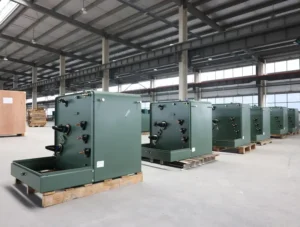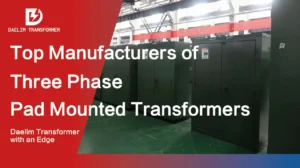How does a Distribution Transformer Work?
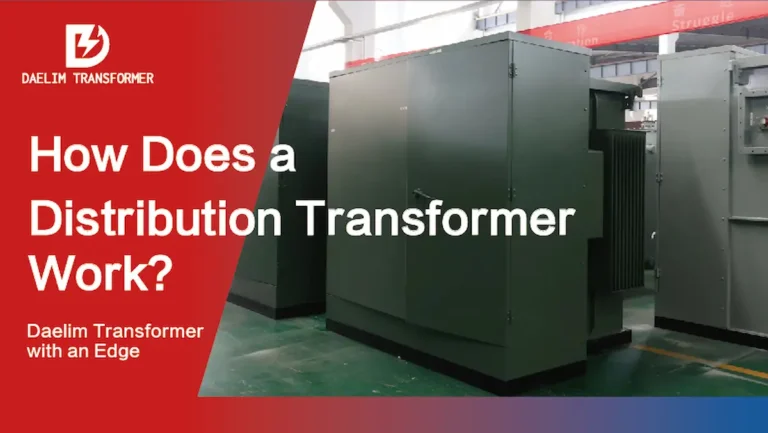
A distribution transformer is an essential component in the electrical grid, designed to step down the voltage for final delivery to homes, industries, or businesses. Different types of distribution transformers—such as pad-mounted, pole-mounted, dry-type, and skid-mounted—operate with unique mechanisms tailored to their environment and purpose. These transformers serve as the bridge between high-voltage transmission systems and lower-voltage consumers, ensuring safe and efficient energy delivery.
Key Takeaways
- A distribution transformer steps down high-voltage electricity for local consumption, ensuring safe and efficient power delivery to homes, businesses, and industries.
- Pad-mounted transformers are enclosed in weatherproof cabinets, used primarily in urban areas, and provide underground distribution of electricity.
- Pole transformers are mounted on utility poles, commonly found in rural or suburban areas, and convert high-voltage electricity from overhead lines to lower voltage for local use.
- Dry-type transformers use air or resin for cooling and insulation, making them ideal for indoor applications and environmentally sensitive areas.
- Skid-mounted transformers are mobile and used in industrial or remote settings, offering flexibility in deployment while maintaining high efficiency in stepping down voltage.
Each transformer type is specialized for its environment, playing a critical role in the electrical grid.
Skid Mounted Transformer(Small-substastion Transformer)
Single Phase Pole Mounted Transformer
Table of Content
At its core, a distribution transformer steps down high-voltage electricity from the power grid to usable levels for residential, commercial, and industrial consumers. The transformer consists of two windings—primary and secondary—that transfer energy through electromagnetic induction. The high-voltage electricity enters the primary winding, creating a magnetic field, which induces a lower voltage in the secondary winding, thus reducing the energy to a safer, more manageable level.
However, the beauty of the transformer is not merely in its mechanical simplicity but in how each variant, whether mounted on a pole, enclosed in a pad, or housed in a dry casing, adapts to the demands placed upon it by nature, man, and technology alike.
Pad Mounted Transformer Working Principl

The pad-mounted transformer is encased in a secure, weatherproof steel cabinet and is used mainly in urban areas where overhead lines are impractical. These transformers work by stepping down the high voltage from the underground distribution lines. Their primary function is to transfer this power safely to lower-voltage secondary lines for consumer use. The electrical isolation between the high and low voltage sides ensures safety, while their hermetically sealed structure protects them from environmental hazards.
Such transformers are always grounded in a subtle but fundamental relationship with the earth, like a soul tethered to fate, serving quietly but powerfully to bring light to the streets and homes, silently operating like a profound mystery.
Get it now: What is a pad-mounted transformer?
Pole Transformer Working Principle
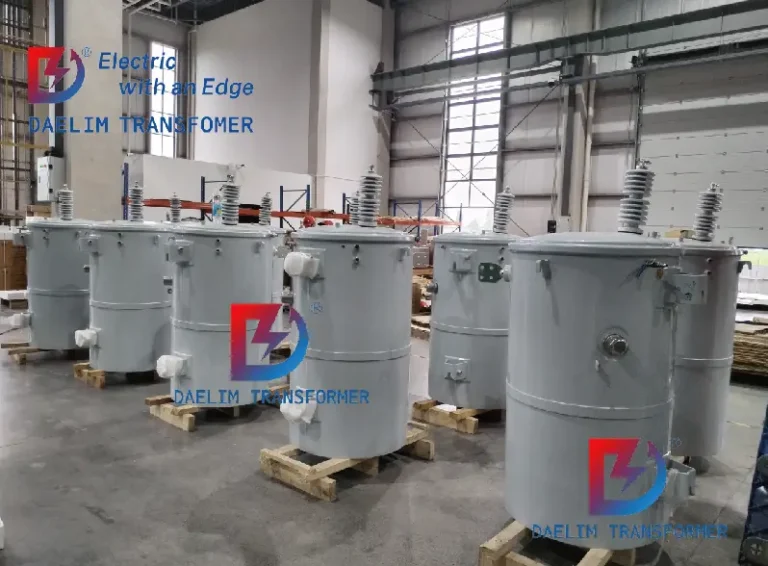
The pole transformer, which is mounted on utility poles, performs similarly but is positioned in rural or suburban settings where overhead lines dominate. Its elevated placement offers easier maintenance but also exposes it to the elements—winds, rains, and storms. The primary winding of high voltage induces a current in the secondary, stepping it down for local distribution. These transformers are a sentinel of power, a steady watchman perched above, absorbing the full force of the sky, yet delivering gentle and silent service to the earth.
Dry Type Transformer Working Principle
The dry-type transformer functions without liquid insulation or cooling, relying instead on air or resin for cooling and insulation. Used in places like schools, hospitals, and commercial buildings, these transformers operate by stepping down voltage without the use of oil. Their windings and core are protected with insulation materials, making them ideal for indoor and environmentally sensitive areas. They, too, in their air-cooled sanctuaries, echo a Dostoevskian solitude—silent, self-contained, and unaffected by the external forces of the physical world.
Skid Mounted Transformer Working Principle
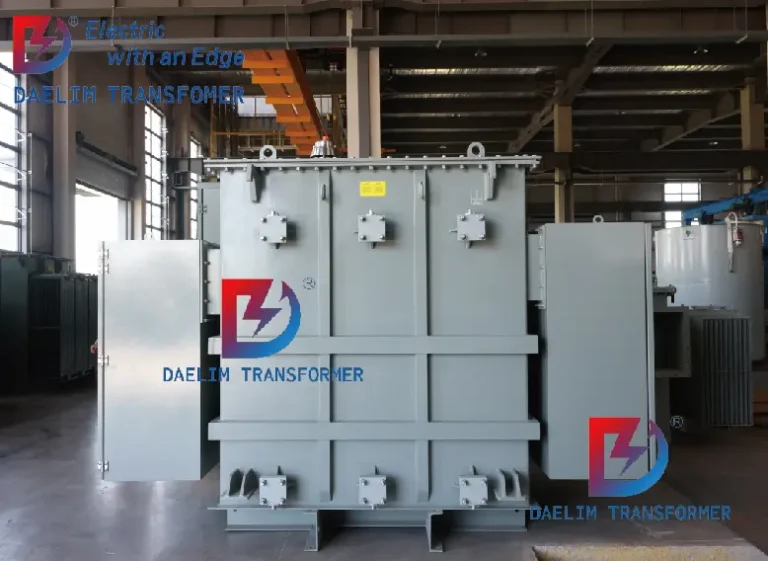
A skid-mounted transformer, typically used in industries or remote areas, is designed for mobility. It operates much like other transformers but is mounted on a steel frame that allows it to be moved and deployed as needed. The high-voltage current flows through its primary windings, inducing a lower voltage in the secondary windings. Despite its portability, it remains a steadfast force, always ready to be called upon to serve, much like a character wandering through Dostoevsky’s literary landscapes, resilient and adaptable in a world of ever-changing challenges.
In these myriad forms, the distribution transformer serves as a quiet hero in the world’s great narrative of energy, often overlooked but always indispensable, much like the complexities of the human spirit.
Get it now: What is a Skid Mounted Transformer?

